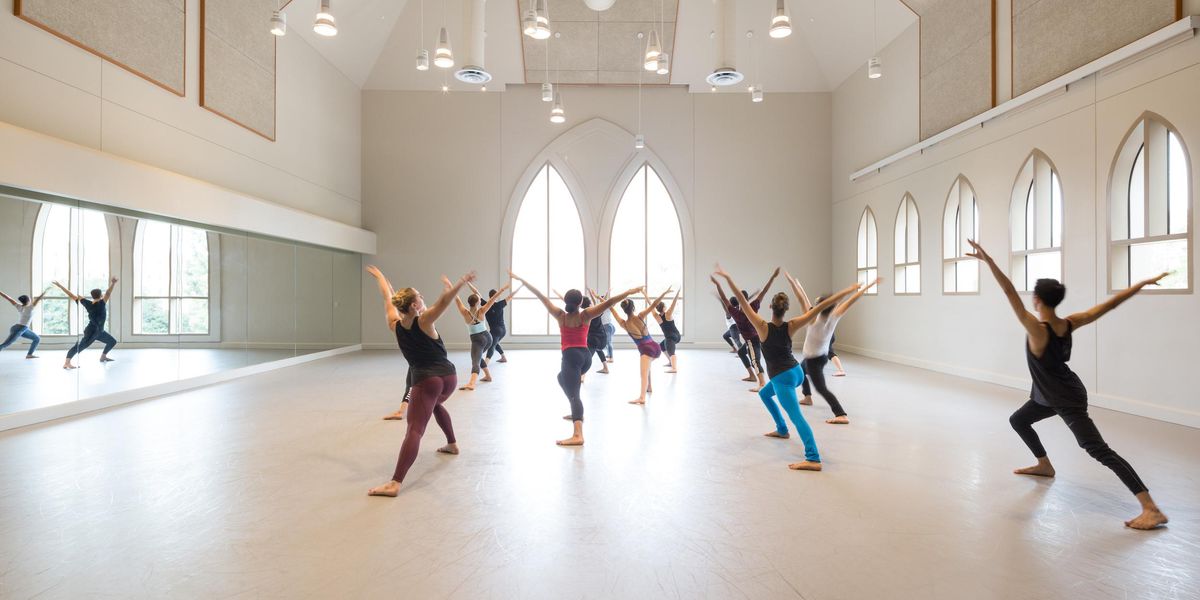Take 5 for Your Career: Reeling It In
Choreographers need to be smart in how they showcase work.
A choreographer must be able to show work to presenters and competition judges in a portable format. But creating an effective reel can pose challenges, the biggest being that no single sampling is appropriate for all opportunities. Sometimes you must submit an entire piece, or a collection of excerpts that indicates your range. Sometimes the wording is vague: The American Dance Festival, for instance, simply requests a DVD of recent work.
Those who routinely vet footage urge choreographers to invest in their reels. Make sure you have the tools you need to shoot and edit good video—or hire those who do. “If you’re really serious about touring,” says Walter Jaffe, general manager of the White Bird Dance festival in Portland, Oregon, “you should put aside money to create video that shows off the work.” Here are five tips to keep in mind.
1. Represent your work honestly.
It can be tempting to pursue as many opportunities as you can, especially early on in your choreographic career. But if you edit a video to conform to someone else’s aesthetic, presenters will see through it, or will realize it after they give you a gig. Only pursue the opportunities that fit your particular style. Then, says choreographer Nathan Trice, “you want to ask the presenter what they prefer to see.”
2. Follow the rules.
Once you focus on an opportunity, dig into the details. Are you sending unsolicited work to a presenter? Or applying to a choreography competition? Each probably has specific requirements. Do they give a time limit on the excerpt? Do you only send a sampling of one work, snippets of several works or a complete piece?
Choreography competitions, such as the Joffrey Ballet’s Choreographers of Color Award, or Hubbard Street’s National Choreographic Competition, have detailed requirements. Ignoring guidelines can get your reel tossed without viewing.
3. Include credits and a description.
Don’t omit the details that will give a complete picture of the work. Each excerpt should include credits, date of creation/premiere, full length and contact information, including a web address where more content can be found. Sometimes, a written description (usually a page or less) may be required as well. “It should tie together what they’re seeing on the video,” says Trice. Make sure you edit your description as carefully as you put together your reel. You don’t want a presenter to stumble over it.
4. Don’t edit the reel yourself.
You know your work better than anyone, but that’s why you’re not the best person to edit it. “Have someone who’s not so close to the work make the selection, so they can give you perspective on what they see,” says Trice. “If anything, you want your editor to read your description and then go in and edit. He or she is going to have an outside eye.” Benoit-Swan Pouffer, choreographer and former artistic director of Cedar Lake Contemporary Ballet, adds that dancers or choreographers who know you and care about your work can be ideal editors or, at a minimum, provide useful feedback.
5. Avoid clutter.
Resist the temptation to overedit, add special effects or otherwise clutter up the viewer’s experience of your work. Your reel shouldn’t feel choppy. Let passages develop, and try to achieve some kind of emotional or thematic arc. Says Trice, “A two- or three-minute clip should really be able to give you some feel of the beginning, middle and end. Make clear, clean, basic edits. No spinning, or sparkly stars—all that stuff is unnecessary.” Jaffe also cautions about superimposing music. “Sometimes you see reels with sound that has nothing to do with the movement being shown. That’s not helpful at all,” he says. Stick with music from the work or, in the case of a series of quick excerpts, use music that reflects your movement. Don’t forget the basics, either. Jaffe points out what should be painfully obvious—work that is darkly lit will not show up well on video.
Bottom line, your reel should help the work speak for itself in a way that piques interest. Says Pouffer, “I think the more simple a thing you have, the more truth that comes out. You see what this person is about and what they have to say.”
Lea Marshall is a writer and interim chair of Virginia Commonwealth University’s Department of Dance & Choreography.




